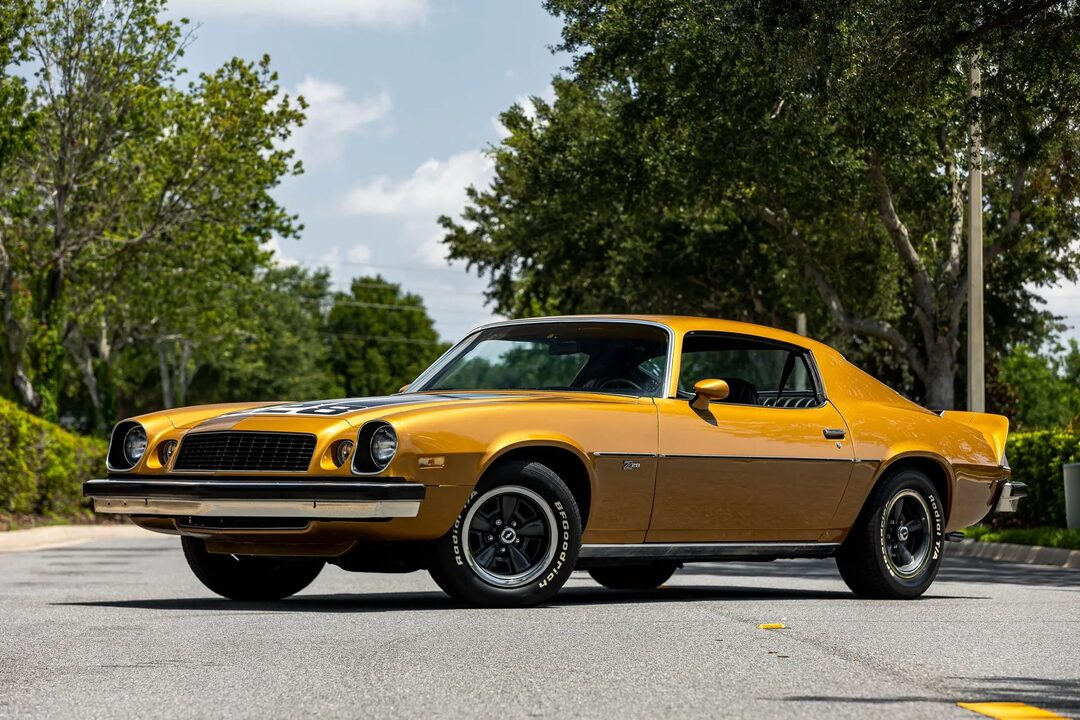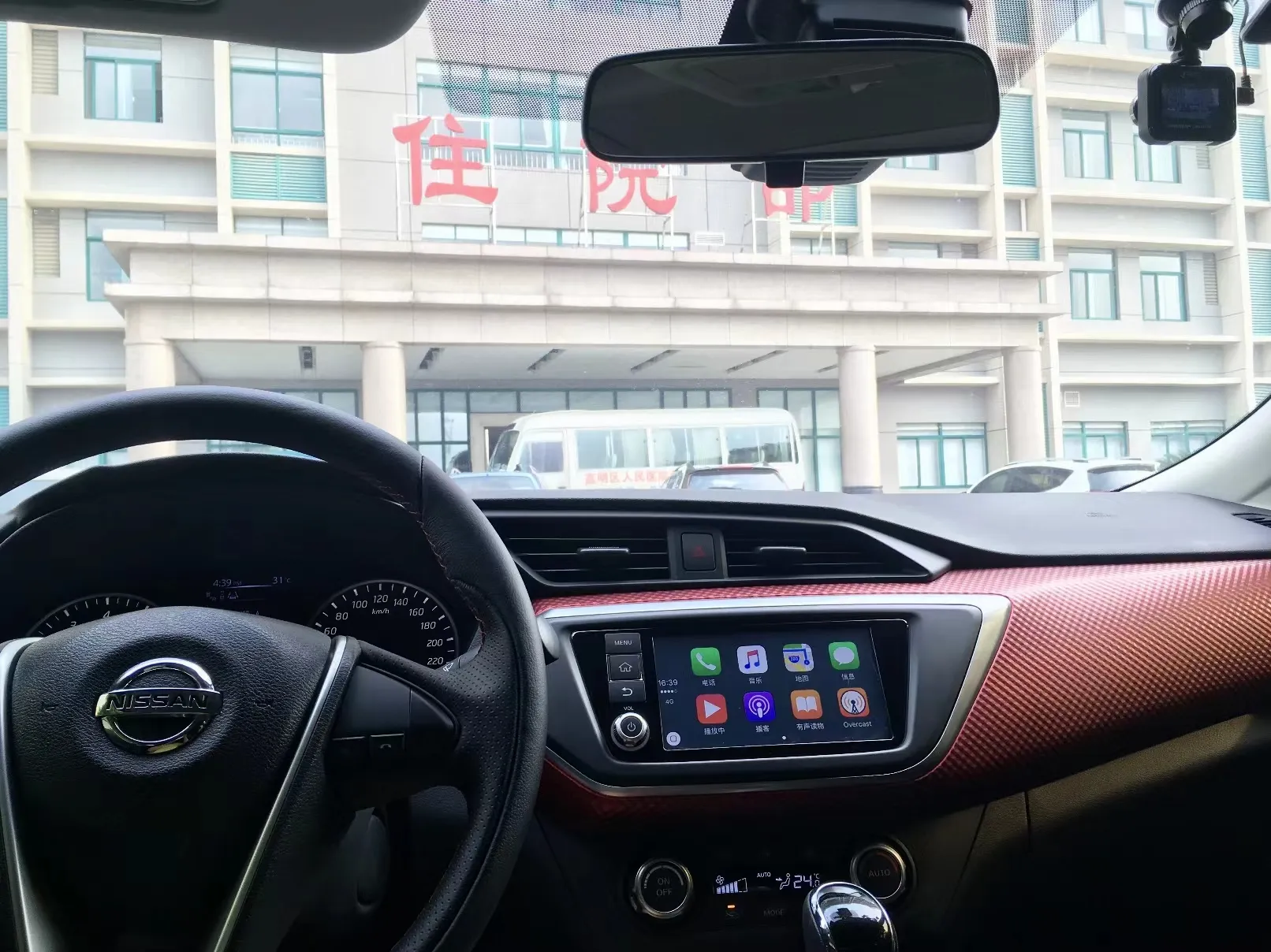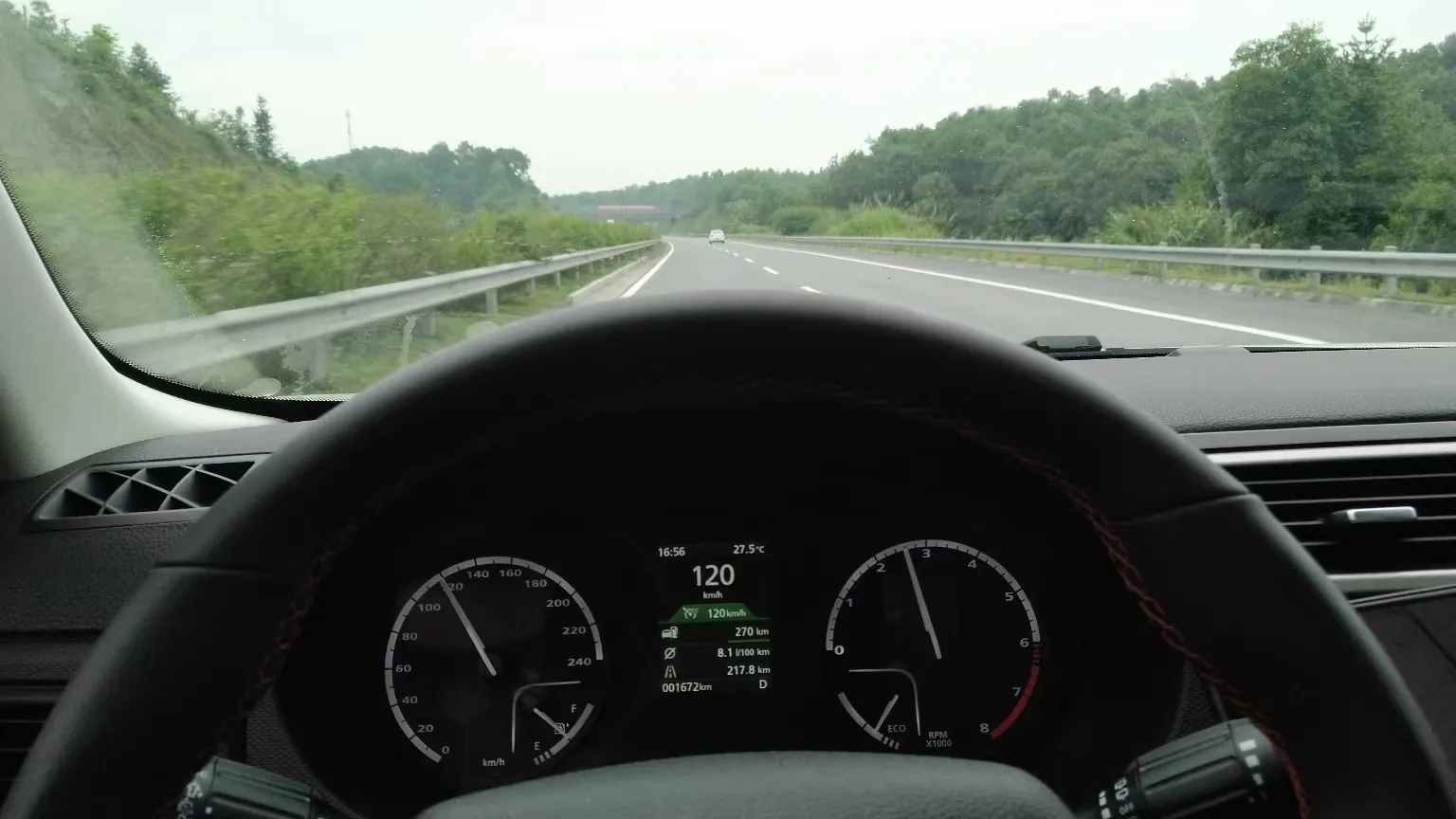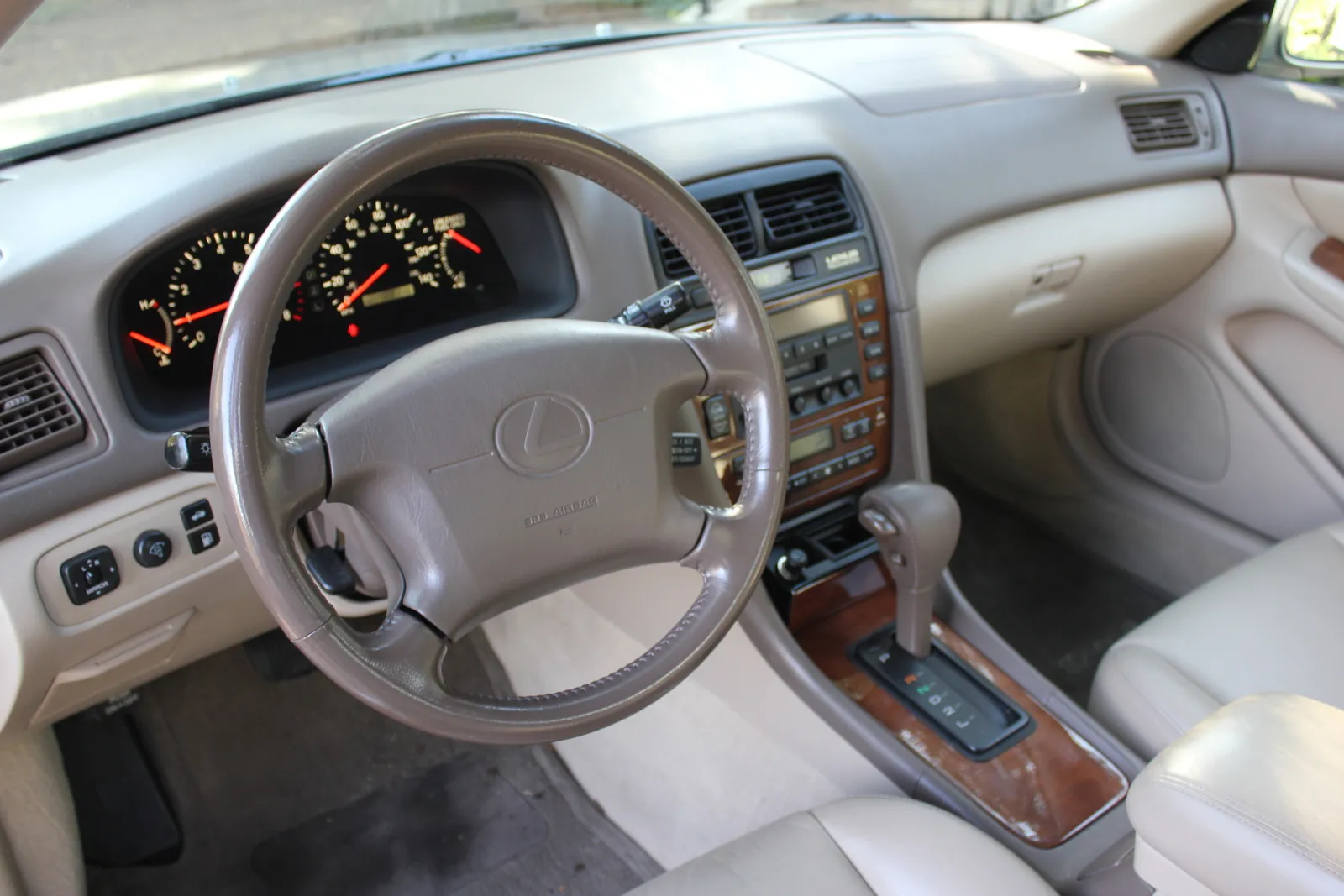A Car That Loses 93% of Its Value in Six Years

In the summer of 2007, when I first watched the movie Transformers, I was struck by a particular detail: after the male lead got into college, his father took him to a used car dealership where they bought a 1974 Chevrolet Camaro for $4,000, which was roughly equivalent to a month’s salary for an average American worker.
At that time, used cars in China were still generally expensive, and new cars were an unattainable dream for me. Over the next few years, I often wondered when buying a car in China would become as easy as it seemed in the U.S., and when used cars in China would become so affordable that even a college student’s family could afford one. But that was just a pipe dream. During my four years of college, I couldn’t even afford the 5,500 yuan tuition fee and had to rely on national student loans to make it through.
The First Car: 58% Loss in 4 Years
It wasn’t until 2014 that things started to improve slightly. After working for a few years, I began to save some money, and while studying for my driver’s license, I also started “cloud shopping” for cars. However, at that time, I was facing major expenses like buying a house and getting married, so buying a car had to take a backseat. Especially during the period of the driving test reforms, it often took months to get a slot for an exam. It took me two years of procrastination to finally get my license.
In mid-2016, one month before my daughter was born, I bought my first car for 155,000 yuan.

I drove this car for 4 years and 50,000 kilometers before selling it in 2020 to the owner of a barbershop I frequented for a friendly price of 65,000 yuan. Overall, I lost about 58%, with an annual depreciation rate of 14%.
The Second Car: 93% Loss in 6 Years
At the end of 2017, because my wife needed a car to commute to work, I let her take the first car, and I decided to buy a domestic car for myself. At the time, we were planning to have a second child and were also considering buying a second home, so I didn’t have much money to invest in a car. After some deliberation, I settled on a domestic SUV, which cost 168,000 yuan, slightly more expensive than the first car.
When I bought this car, domestic cars were still not very impressive, and there weren’t many options. In the SUV category, only the Haval H6 and the Changan CS75 were competitive. Geely had just started launching its “Bo” series, and Lynk & Co hadn’t even hit the market yet. Most new energy vehicles were still in the stage of subsidy scams and PowerPoint presentations.
The car I bought was considered a benchmark product for domestic car brands starting to climb the ladder in terms of quality. Unfortunately, the early bird didn’t catch the worm. Within a couple of years, due to lack of market acceptance, it was gradually phased out, and the 4S stores closed one after another. By 2021, it was completely discontinued.

I’ve driven this car for 6 and a half years now, with zero malfunctions and zero scratches, and the mileage is less than 50,000 kilometers. Since I wanted to switch to a new energy vehicle, I contacted a used car platform for a quote. Shortly after, a staff member told me they would offer a maximum of 12,000 yuan for it.
Oh well, I used to envy how cheap cars were in the U.S., but now the boomerang has come back to hit me. I think I’ll just drive this car until it falls apart. The annual cost of gas is only a few thousand yuan, plus 2,000 yuan for insurance and cheap maintenance. The total cost of ownership is manageable, and I don’t need to envy new energy vehicles anymore.
The Third Car: 60% Loss in 4 Years
At the end of 2020, after selling my first car, I bought another mid-sized car. Due to the pandemic, there were rumors of reduced production capacity and delays in imports, so I ended up paying an extra 20,000 yuan (but got 8 years of free maintenance).
Before buying this car, it was touted as one of the most value-retaining models in China. Unfortunately, it couldn’t withstand the wave of new energy vehicles and was utterly defeated in the awkward price range. Fortunately, Guangdong, being a stronghold for Japanese cars, offered slightly higher resale values. But overall, the car has already depreciated by 60%. Given the current situation, it looks like I’ll be driving this car until retirement.
